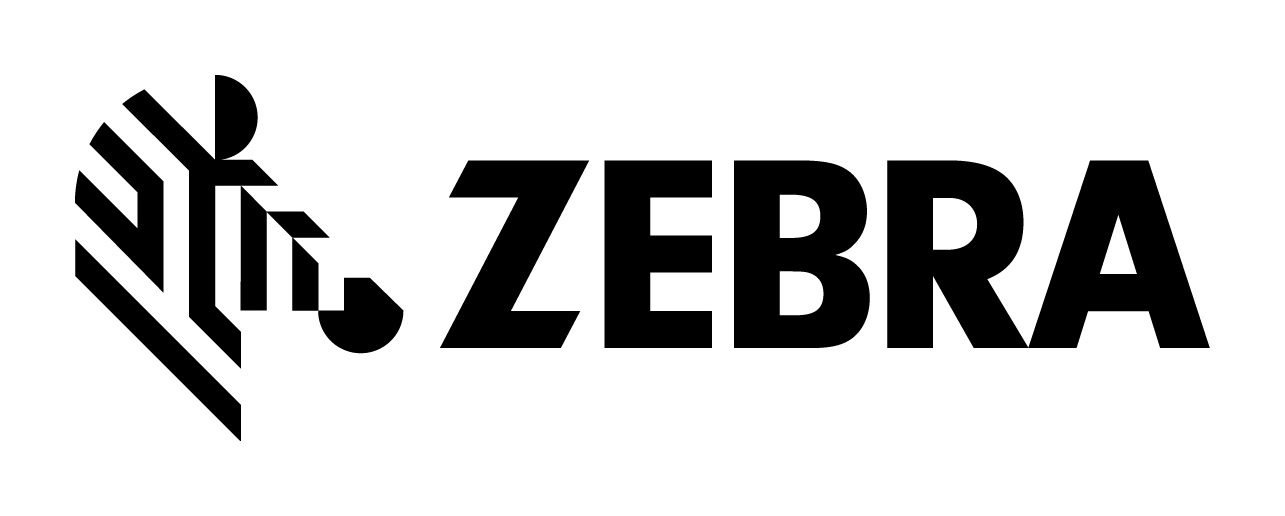
DHL Executives debate next phase of US market strategy
With their expansion into the U.S. market on track and nearly complete, DHL executives face a fresh debate: How much profit can they realistically expect in the U.S. as they compete with larger, more-recognizable rivals?
That’s the next phase of attack of the U.S. market, said DHL Chief Executive John Mullen in an interview Friday with Dow Jones.
“We will enter 2006 with a fully integrated business. That’s a huge plus, because you’re not looking inward anymore,” Mullen said. But he added: “Integration doesn’t yet bring profitability.”
The company, which began its challenge to entrenched U.S. delivery companies United Parcel Service Inc. (UPS) and FedEx Corp. (FDX) in 2003 by buying Airborne Inc., is on track to break even in the U.S. in the fourth quarter of next year. But while DHL is a large and well-known express delivery company around the globe, it’s smaller in the U.S. than its main rivals.
“The conundrum for us is, with a sub-scale structure…does that mean we will always be condemned to smaller margins?” he said.
In the next 12 months, Mullen and other DHL top brass will decide whether they can hit UPS-sized, double-digit margins, or whether break-even in the U.S. will have to be enough. Mullen said there are hopeful signs for something closer to the former.
“We feel we can do a lot better than break-even in the long-run,” he said.
He pointed to the company’s new deal to provide exclusive after-market service parts for Sun Microsystems Inc. (SUNW). That is, DHL will store thousands of parts around the world to support Sun customers. The deal comes as DHL expands its logistics consultancy business in the U.S., called DHL Solutions Inc.
Mullen said he has the products he needs to compete for more market share here. He’s considered new products, like a less-than-truckload transport product, but that’s not on the immediate agenda.
He also has no interest in building or acquiring a chain of retail stores. Instead, he’ll expand partnerships with existing retailers like OfficeMax Inc. (OMX) to reach more high-margin individual and small-business customers.
Mullen said Airborne Express in the past had priced its services 10% to 20% below that of rivals, to compensate for the fact that Airborne’s network was smaller than those of UPS and FedEx. But now, there’s no reason for DHL to undercut the competition, he said.
Mullen said he’s not offering such discounts in negotiations with new customers. As contracts with current customers are come up for renewal, DHL is negotiating higher rates, he said.
Meanwhile, just like his rivals, Mullen is grappling with high fuel prices. At this point, all three delivery companies are passing higher fuel costs on to customers, thanks to a well-established industrywide formula for fuel surcharges. Mullen said the current situation is sustainable.
But if oil prices go to $80 or $90 a barrel, that could change customers’ logistics habits, as well as put the brakes on economic activity, hurting DHL’s business, he said. Already, Mullen said, customers have been shifting some shipping to less-expensive ground transport from air transport in response to higher energy costs.
“The growth in ground (shipping) has been far higher over the last five years, and I don’t think that’s accidental,” he said, adding that DHL made a big investment in ground transportation services last year.












